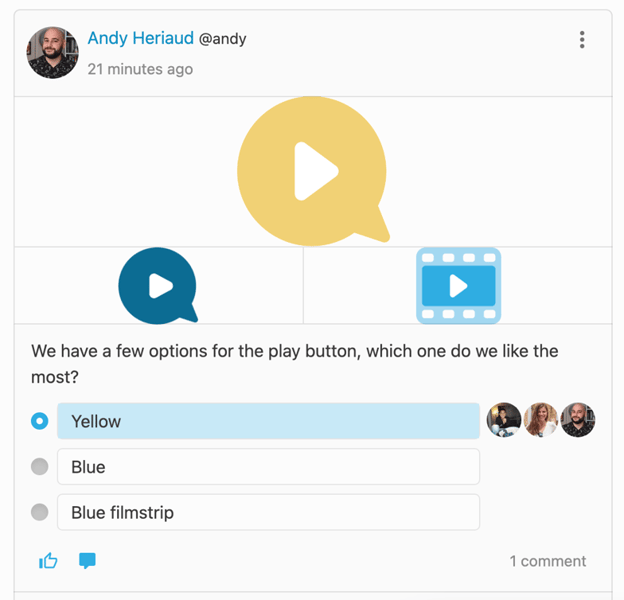Online learning isn’t new. The first implementation of online learning was in 1960, when the University of Illinois allowed students to access coursework via their networked computer terminals. In the intervening six decades, digital learning has become such a phenomenon that over 15% of all higher education students take exclusively online courses, with over 75% of all students saying they have taken at least one online course. It’s not hard to see why education technology has become a $134 billion industry that continues to grow by 13% year over year.
At the time of this writing, there are 30 EdTech unicorns, with a combined valuation over $89 billion. This signals two things: that there’s incredible growth potential, and that it is an unsettled marketplace that can still be disrupted. So how does a challenger compete with the billion dollar incumbent? The answer is simple: innovation. Right now the value of an educational platform is measured in its ability to encourage and retain students, its stickiness so to speak. Based on my own independent analysis, there’s one area where most edtech platforms fall short: community.
Community learning
Learning has always been a group activity. Before we wrote down our knowledge, we passed it down from generation to generation in group activities like song and storytelling, as societies advanced, so did the methods of teaching large groups, from the Socratic method all the way to modern day classroom environments. In addition to being much more efficient than one-on-one education, numerous studies have shown that people learn more effectively in a group environment.
A strong community helps promote learning in a few important ways. First it gives learners a peer group with whom they can share and compare notes, discuss the topics, and work out issues they’re having with the material. For some it increases their sense of accountability: the prospect of looking lazy or unprepared to a peer group can be much more scary than looking that way to an educator. For others it creates a healthy sense of competition: simply put, some people just want to be the best and for others to see it.
One of the easiest ways to build a community within an edtech platform is to implement feeds. Feeds are an in-app space where users can share updates and other users can comment or discuss the update. If you’ve used a social media app in the past several years, you’ve undoubtedly experienced an activity feed in one variety or another. Activity feeds provide a chronological stream of posts, typically accessible in one area of an app.
A feed could operate as a virtual classroom. As an example, imagine a history professor has found an online lecture that’s relevant to the current curriculum. Using feeds in the same way I did in the photo above, the professor could embed the lecture video along with a discussion prompt. In the comments below, each of the students could comment and engage in a contextual conversation. They could even attach a longer written response by uploading or linking to their Google Drive or Dropbox account. The best part is that there’s now a dedicated space in the LMS where everyone can return to the discussion at any time.

An app could also leverage multiple feeds so that in addition to the classroom, students could create their own space where they can discuss the curriculum without oversight from their instructors. This allows students to create a robust virtual campus where they can interact with their peers and be actively engaged with their education. Outside of higher education, this could be used as a way to supplement the traditional classroom, or to foster community learning among homeschooled students.
Enhancing interaction
But just as there’s more to education than discussion, just as there’s more to feeds than posts and comments. Feeds provide a path to making learning more interactive. For example: in Weavy’s Feeds API, students can post polls to get more direct feedback, or make decisions collectively.

If a student is looking for notes from a specific peer, they can tag that peer in a post. If notifications have been configured, that peer will be able to see on their phone or computer that they’ve been tagged and respond accordingly in the comments.
Taken in combination, the possibilities for community interaction that feeds provide an easy path for a disruptive startup or an established leader in edtech to increase engagement and empower students. To get started with feeds, click here:

